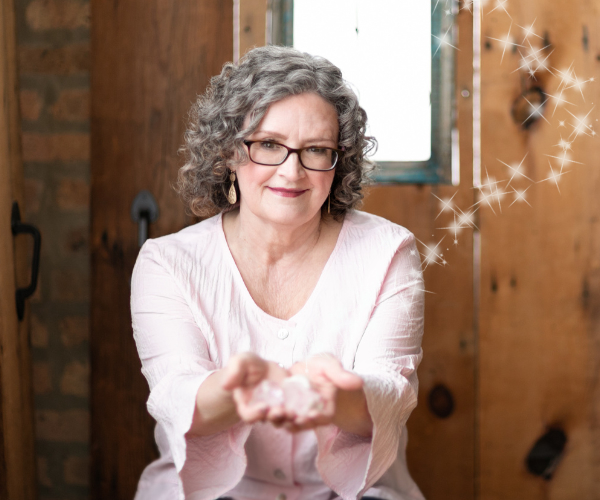As promised in November’s newsletter, here is some more in-depth information on historic uses of carnelian. This fascinating stone has been used since ancient times for both its beauty and its healing and protective qualities.
Carnelian: Begin With Color

Color has always been a big part of how a stone or crystal works. According to the book Edgar Cayce On the Power of Color Stones and Crystals, by Dan Campbell, “Traced down to its smallest particles, the material world reveals itself as vibration. It is through their vibrations that colors speak to us.” The color within a stone determines the velocity at which it vibrates, which in turn is in resonance with a particular area of the body.
Because people all have unique vibratory qualities, no one stone is a fit for everyone, nor will it definitely correspond with a particular area of the body. Campbell (who is referring to the teachings of Edgar Cayce) states, “A stone can offer benefits to a person if the vibrations of each are in accord.”
According to Cayce, orange is expansive mentally and physically, assisting in the assimilation of thought as well as food. its vibration is in resonance with the procreation process. It also arouses the mind to greater awareness, which can be brought to bear on the creative process. It wakes us up. If the qualities of light an color were not available to ancient man, the feeling of stones and gems came through without the understanding.
Some Ancient Uses for Carnelian
By the time — if not before — the Sumerian civilization flourished between the Tigris and Euphrates rivers in Mesopotamia five thousand years ago, man’s fascination with stones had evolved into a highly specialized expression. …In the tomb of Queen Pu-Abi, among others mamy valuable objects were found. The queen herself was clad in a robe of gold, lapis lazuli, agate and carnelians.
The Egyptians also used many of the same stones as above, although their their use stones was more as amulets. They were more concerned with their occult powers, which were well understood by all at that time.
Hieroglyphic texts were engraved on carnelians from the Egyptian Book of the Dead. According to George Kunz in The Curious Lore of Precious Stones, ” One of the most common of the engraved amulets is the buckle or tie (thet). These were generally made of red jasper or carnelian and were worn by the mummy.” The stone represented the blood of Isis, the magic power of Isis and the virtue of Isis. She was the protectress of the body and prevented any wrong being done to him.
The idea of engraving a special design on a given stone became fairly common in the early centuries of this era. In the 13th century, the Book of Wings, by Ragiel, gives a list of designs corresponding to specific stones. According to Kunz, the designs designated for carnelian were:
- “A man richly dressed and with a beautiful object in his hand, engraved on a carnelian checks the flow of blood and confers honors.”
- “A man with a sword in his hand, on a carnelian, preserves the place where it may be from lightning and tempest, and guards the wearer from vices and enchantments.”
Other Uses for Carnelian
According to Campbell and Edgar Cayce, carnelian (called sard at the time) was one of the twelve stones contained in the breastplate of the high priest of the Hebrew tradition, first written down in Exodus. The twelve stones of this piece worked together to combine the forces of the physical and mystical. “Sard increased the vibrations and gave clarity of consciousness to the priest. It helped him to know clearly what he was seeking.”
Other uses throughout the ages are described by Wm. T. Fernie in the book The Occult and Curative Powers of Precious Stones.
- Considered among Hebrew and Arab cultures as an important preventer of illness and preserver of life
- An efficient agent to stem the flow of blood (this was common to this stone through the ages)
- When carried, it “makes cheerful minds, expels fear, makes courage, destroys and prevents fascinations (spells) and defends the body against all poisons.”
- Bound to the belly, it eases birth.
Carnelian is a timeless stone that has been valued through the ages. It has evolved as we have, and will continue to be a valuable tool for many years to come. To see more carnelians click here.
Sources for this article:
- Edgar Cayce on the Power of Color, Stones, and Crystals, by Dan Campbell
- The Occult and Curative Powers of Precious Stones, by William T. Fernie
- The Curious Lore of Precious Stones, by George Frederick Kunz

